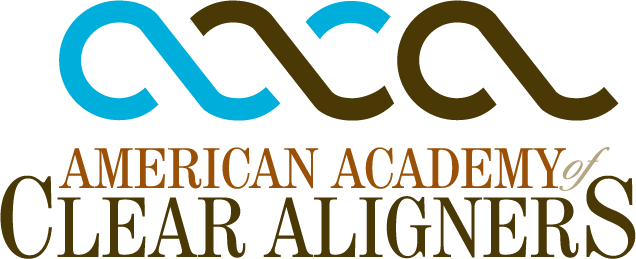As the marketplace in clear alignment therapy continues to evolve and become more congested, the need for providers to evolve and deliver solutions that are more predictable, efficacious and cost effective has never been more important. This lecture introduces a number of important innovations that streamlines treatments from beginning to end, revisits and reevaluates current thinking and examines other exciting new realms to enhance your practices’ competitive advantage.
Course objectives:
Introduce new innovations and concepts in clear aligner therapy
Evaluate and reset existing paradigms
Create awareness of heightened regulatory stipulations
Showcase new methodologies and protocols in oral diagnosis
Presented by Dr. David Penn
Dr. David Penn is the Head of The School of Aesthetic Orthodontics at the Postgraduate School of Dentistry in Double Bay, Sydney, Australia. Dr. Penn lectures and teaches extensively, principally in the areas of aesthetic orthodontics and clear aligner therapy and leads a team of collaborative researchers in the fields of aesthetic dentistry, oral medicine and orthodontics. He wrote the initial accreditation course for GP doctors for Invisalign in Australia and has taught more than 2000 postgraduate students in the use of Sequential Aligners and Aesthetics. In January 2015, he completed the development and accreditation of a unique Australian government post-graduate degree qualification in Aesthetic Orthodontics using clear aligners. He is also responsible for the research, development and manufacture of many unique dental appliances and devices including the Somnomed appliances (sleep apnea), the Penn Composite Stent, the Atlas Cabriolet orthodontic retainer, the Dentroid dental laser robotics device and the acclaimed Munchies series of predictability enhancing orthodontic devices (including Munchies Vibe). In early 2022, Dr Penn and the Postgraduate School of Dentistry will release a paradigm shifting series of devices and protocols for enhancing clear aligner therapy and for the treatment of TMD.

